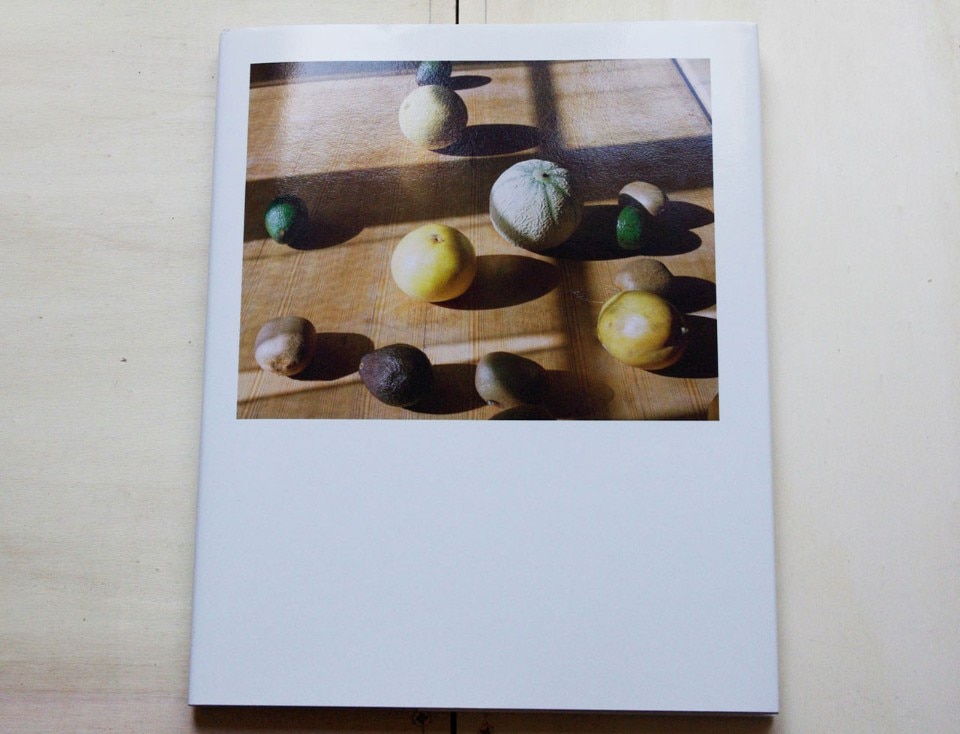Stefano Graziani’s latest book, Nature morte (words by Nanni Cagnone and Pier Paolo Tamburelli, Galleria Mazzoli Editore, Modena 2016), is eclectic and his fourth published with Modena gallery owner Emilio Mazzoli, accompanying an exhibition of the same title, on until 8 October. The book contains photographs from several lines of the Trieste photographer’s research; some are older (architecture) and others more recent (fireworks) but all are presented as part of the same genre – still life. The subjects of Graziani’s latest pictures have no allegorical or metaphorical meaning, they are “things for their own sake” and have also been exhibited this year at Fotografia Europea in Reggio Emilia and published in another recently printed book, Fruits and Fireworks (A&Mbookstore, Milan 2016).
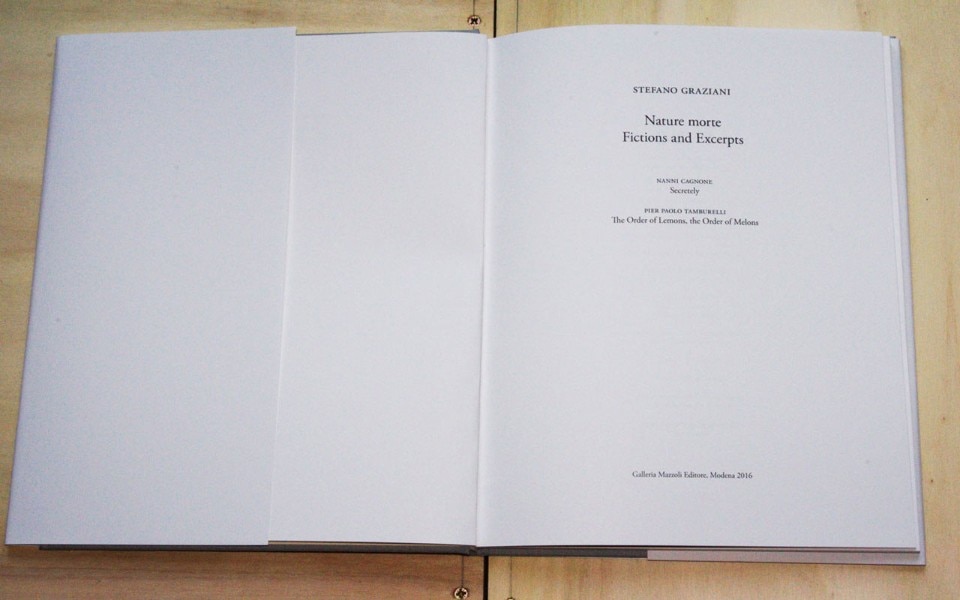
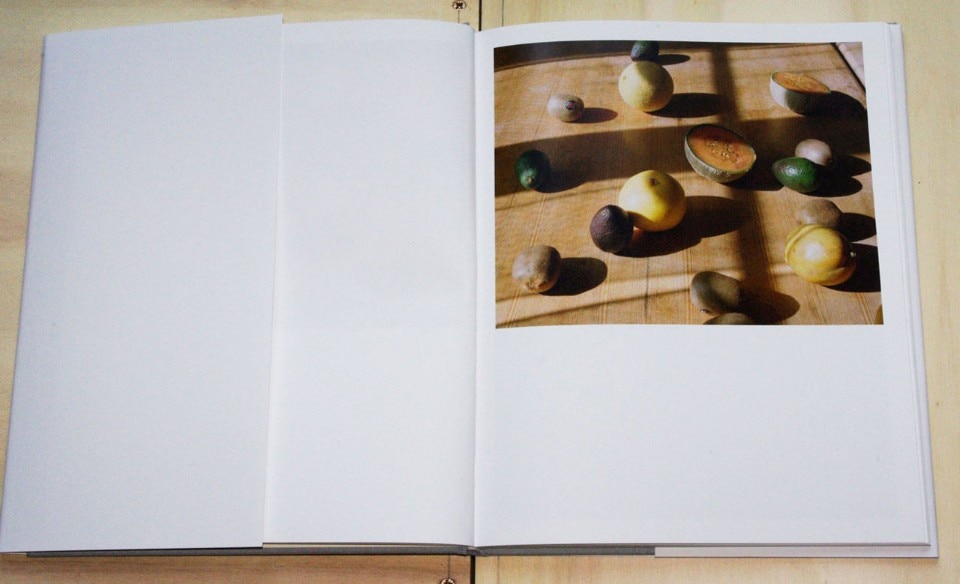
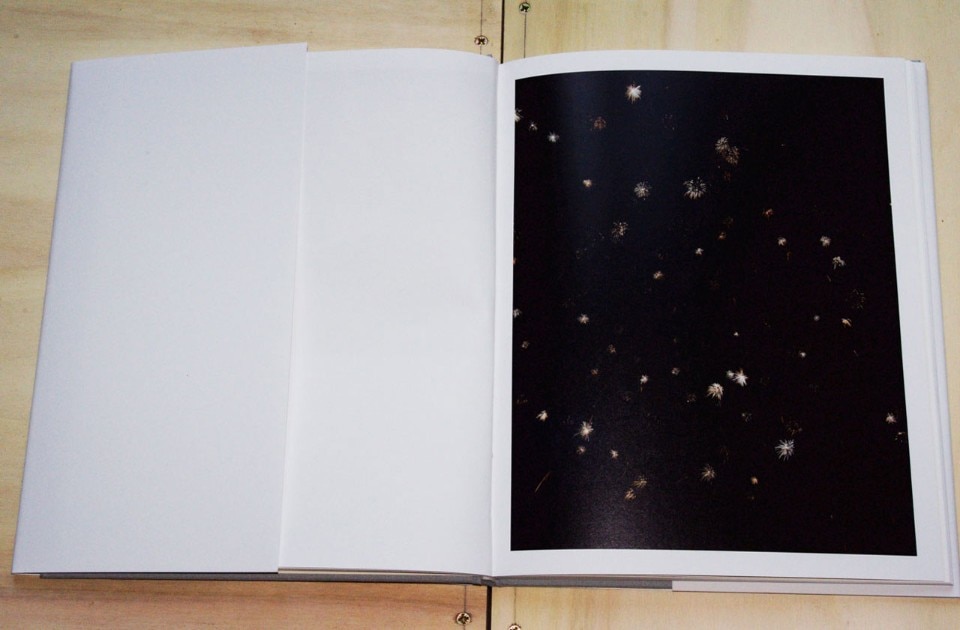
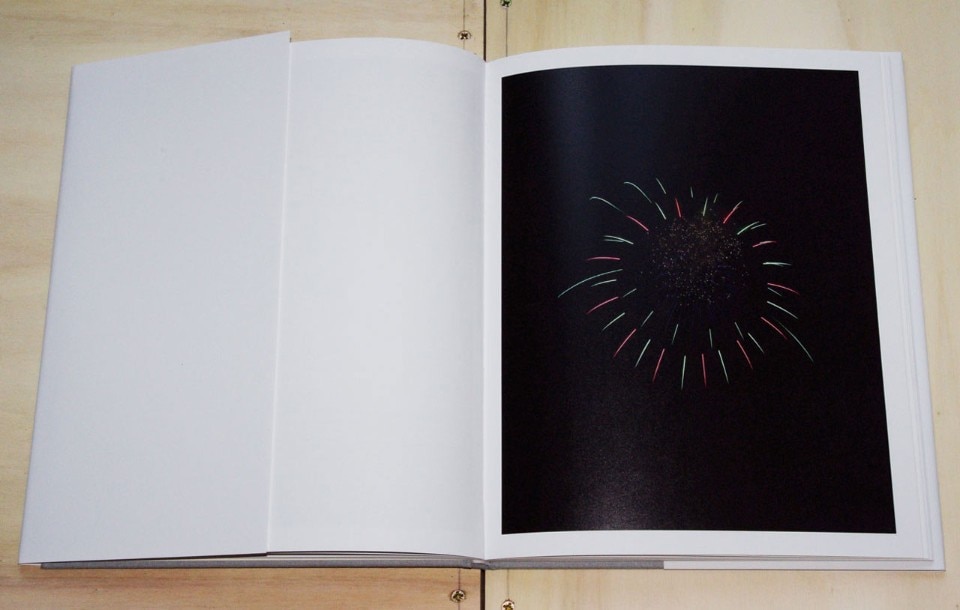
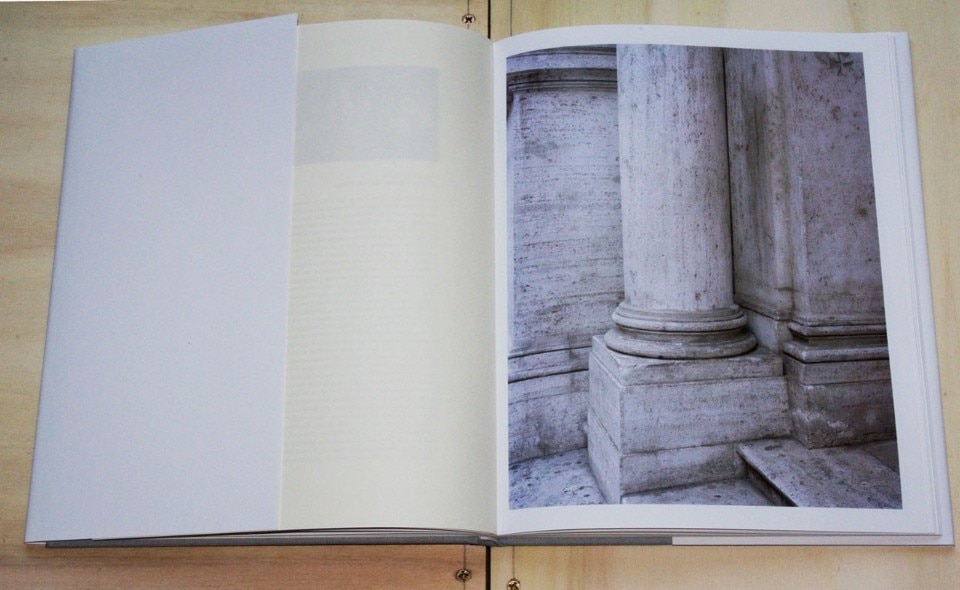
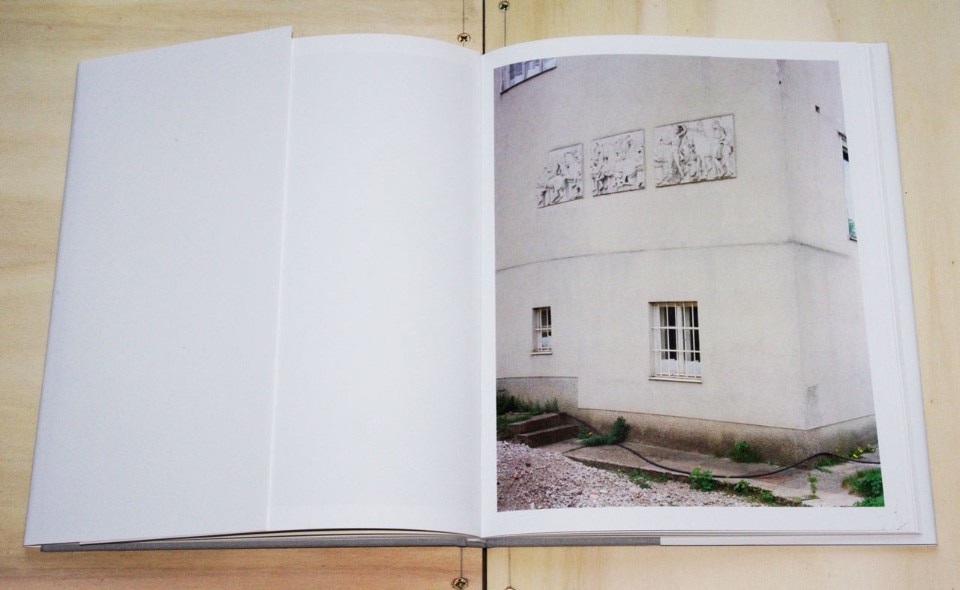
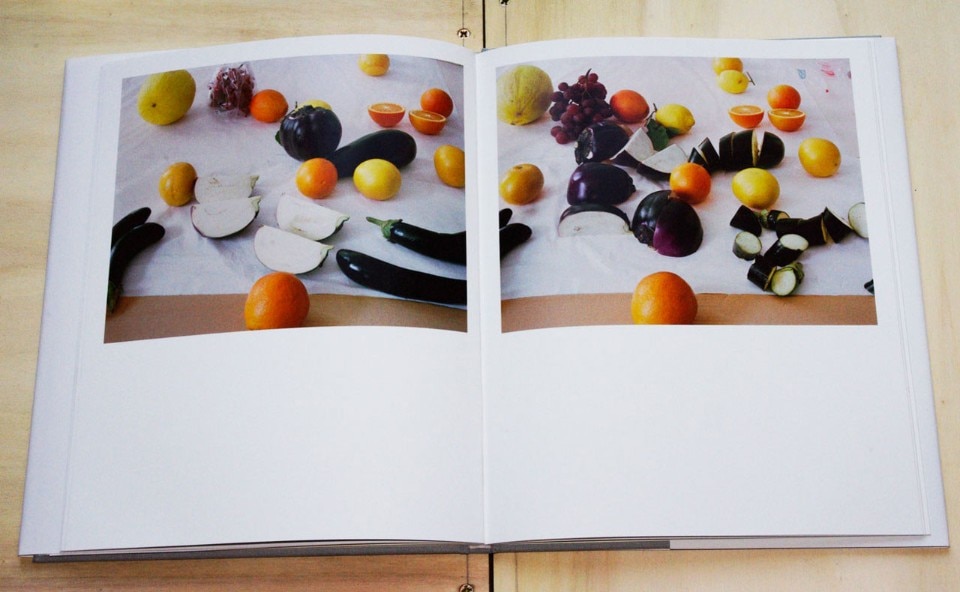
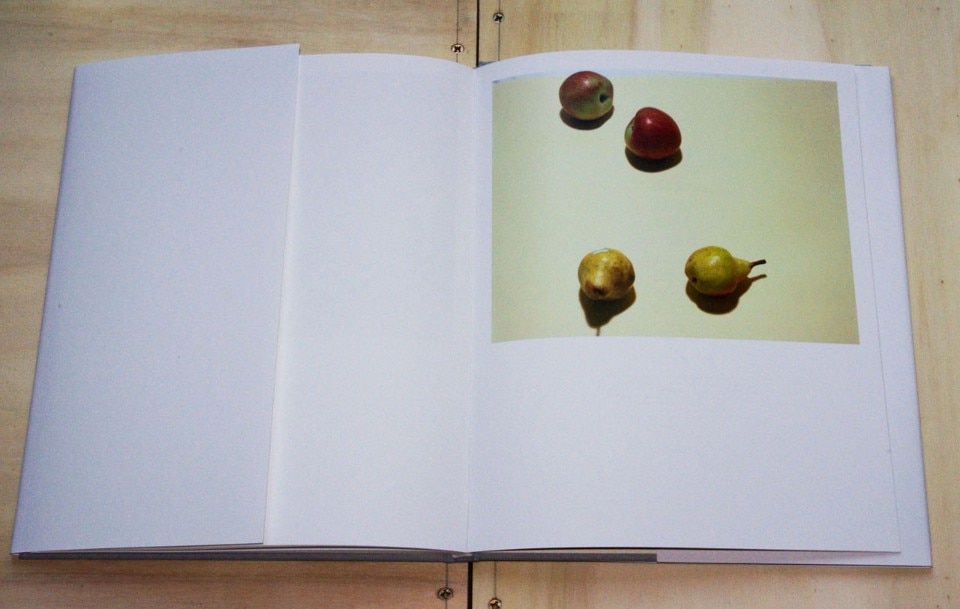
Notes
1. 51n4e, Stefano Graziani, Falma Fshazi, How Things Meet, Art Paper Editions, Gent 2016.
2. AA.VV., Kunstmuseum Basel, New Building, Hatje Kantz, Stuttgart 2016.
3. Fabio Benzi, Art in Italy between the Two World Wars, Bollati Boringhieri, Turin 2013, p. 65
4. Jeff Wall, Monochrome and Photojournalism in On Kawara’s Today Paintings, in Id., Gestus. Scritti sull’arte e la fotografia, edited by Stefano Graziani, Quodlibet, Macerata 2013, p. 172.
5. Giovanna Borasi (ed.), AP 164 Ábalos & Herreros, with an interpretation in photography by Stefano Graziani, Park Books, Zurich 2016.
6. Roh detested photographers who imitated painting too slavishly. His time as a photographer and scholar of photography was abruptly interrupted by the Nazis, who imprisoned him in the Dachau camp. Cf. Emily Braun, Franz Roh: tra postespressionismo e realismo magico, in Maurizio Fagiolo dell’Arco (edited by), Realismo magico: pittura e scultura in Italia 1919-1925, Galleria dello Scudo, Verona 1988, pp. 57-64.


